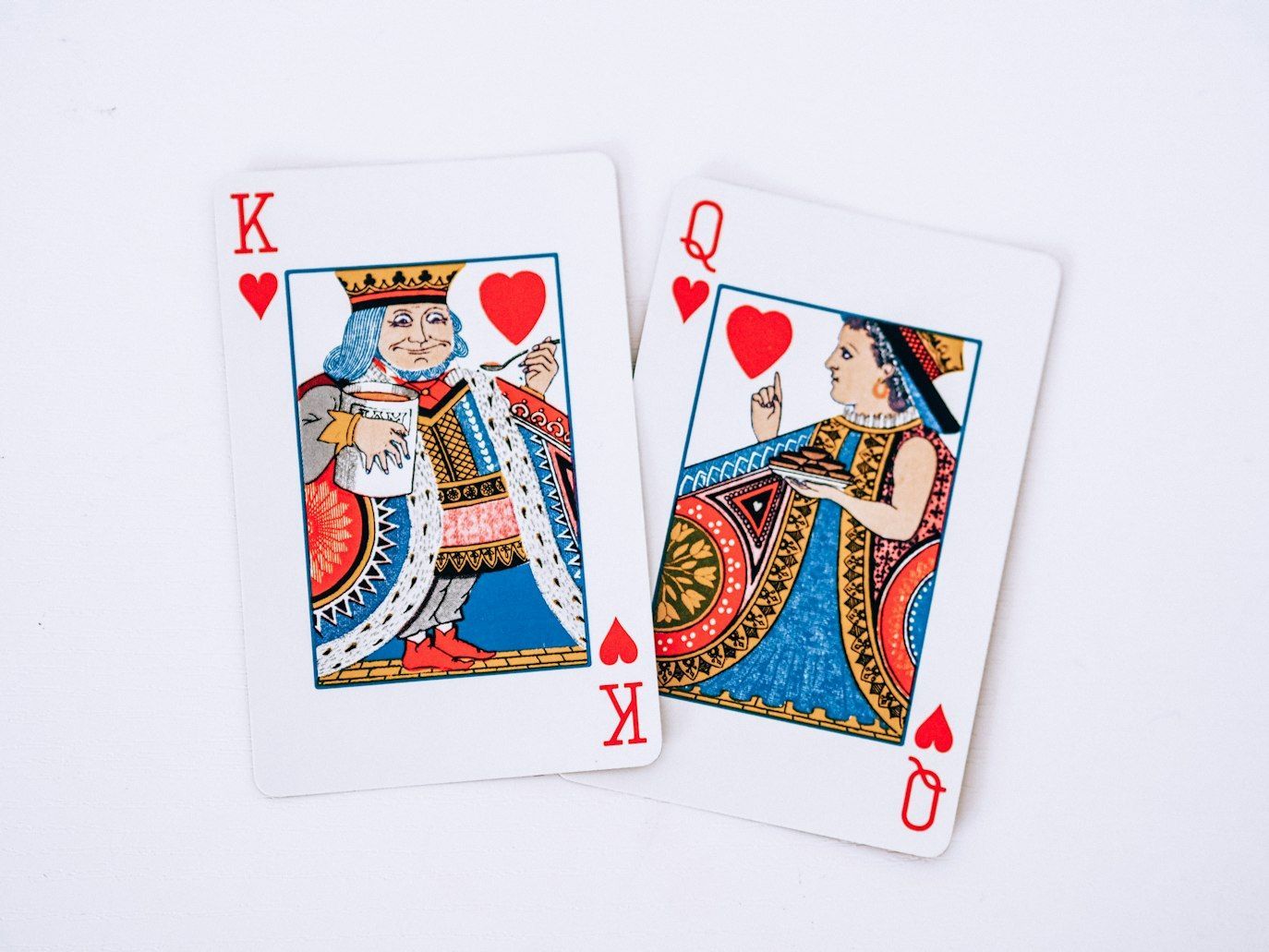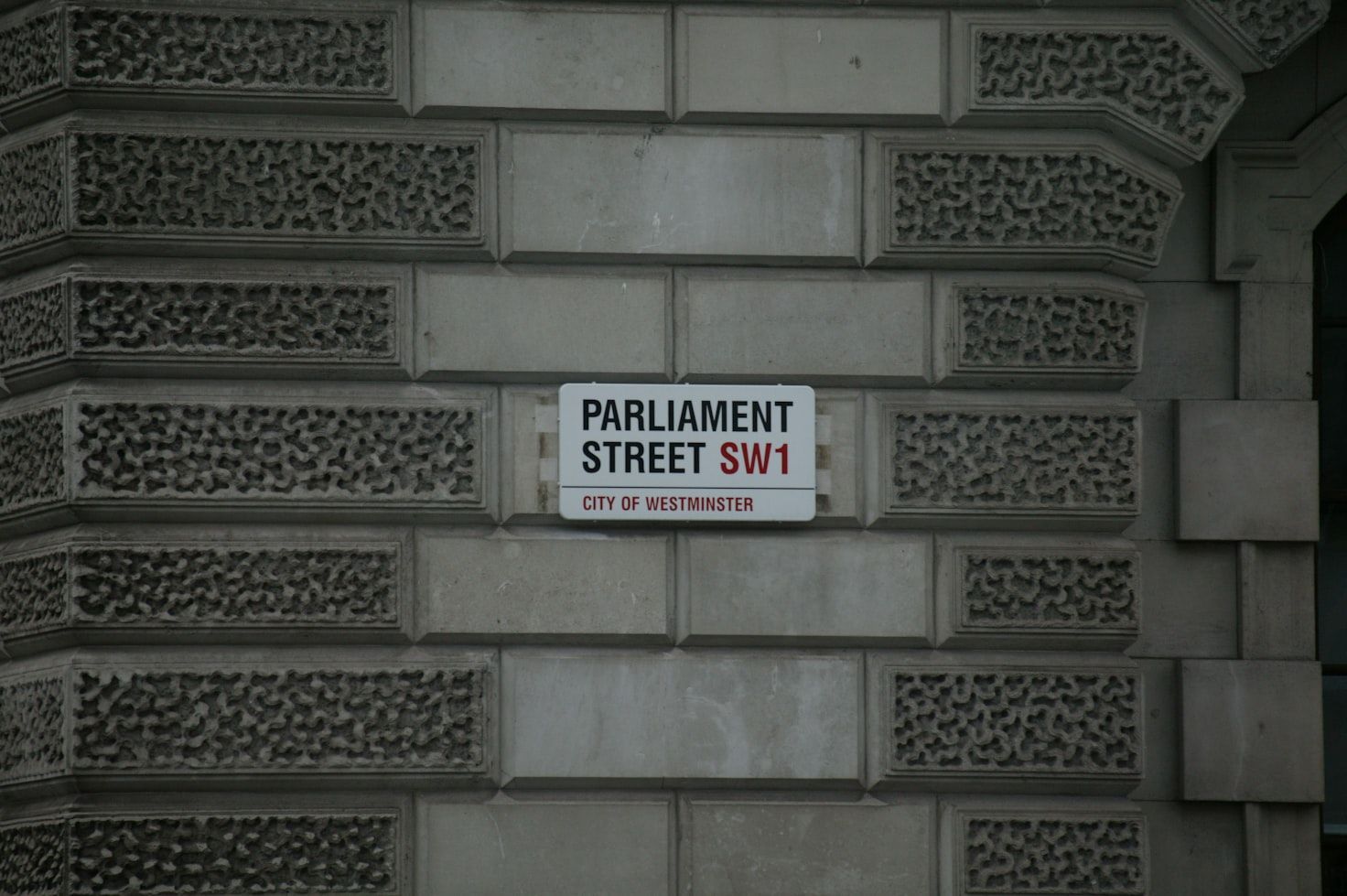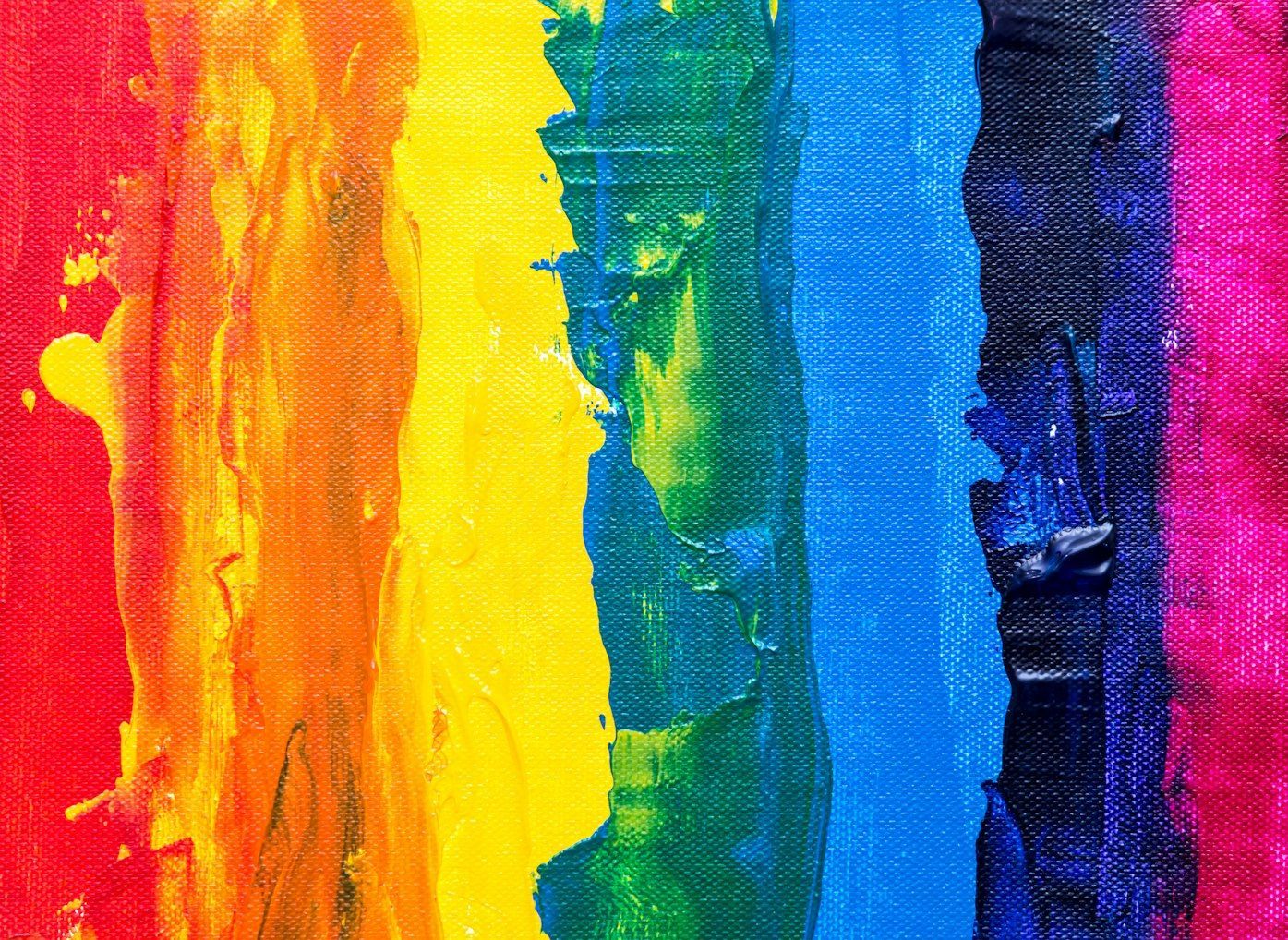The Norman influence
You say "beef," I say "cow": 12 ways French language moved in and stayed
Published on May 29, 2025
 Credit: Waldemar
Credit: Waldemar
It is a well-known fact that the English language is closely related to languages like German, Dutch, Scots, and Afrikaans. After all, they all belong to the West Germanic family of languages. But at the same time, to express this idea, we have to use the word "language"—which isn’t Germanic at all.
Like thousands of other English words, language is of French origin. The French-Norman conquest of 1066 not only irrevocably changed the course of English history but also completely transformed the English language. It is estimated that nearly 40% of the English lexicon derives from French—and that number doesn’t even account for compound words or French terms introduced through other languages. Let’s take a look at twelve areas of English that were influenced by French.
The nobility
 Credit: Liza Pooor
Credit: Liza Pooor
King and queen, the highest-ranking members of the nobility, are words of Germanic origin—but that’s about as far as it goes. For two centuries after the conquest, French was the official language of the English court, and its influence is evident in words like prince, dame, baron, duke, marquess, count, monarch, royal, sovereign, and even in the motto of the British monarchy: Dieu et mon droit ("God and my right").
The meat
 Credit: Monika Kubala
Credit: Monika Kubala
A significant portion of cuisine-related terms in English are of French origin, but the way we speak about meat was particularly shaped by the differences between the Anglo-Saxon peasants and the French ruling class. Many meats came to have two different names: an Old English term for the live animal (pig, cow, calf, or sheep), and a French-derived term for the meat served at the table (pork, beef, veal, or mutton). The word chicken remained unchanged (though poultry was adopted), and the continued use of fish may be due to the unfortunate similarity between its French equivalent, poisson, and the English word poison.
The law
 Credit: Tingey Injury Law Firm
Credit: Tingey Injury Law Firm
Norman French, being the language of the court, meant that official documents and legal proceedings were heavily influenced by it. The English legal system developed a blend of Old English, French, and Anglo-Norman terminology, known as Law French, which was used for centuries. While Law French is now obsolete as a spoken language, its legacy lives on in terms such as attorney, judge, jury, court, defendant, culprit, bailiff, and parole, among many others.
The religion
 Credit: Cross-Keys Media
Credit: Cross-Keys Media
While both the French conquerors and the conquered Anglo-Saxons professed the same religion, the influence of the Norman French ruling class is evident in the vocabulary used to describe religious organization. Examples include words such as saint, abbot, priest, clergy, cloister, vicar, parish, friar, and diocese.
The heraldry
 Credit: Paul-Alain Hunt
Credit: Paul-Alain Hunt
Since the Norman conquerors became the ruling class, it’s not surprising that heraldry, closely associated with rank and nobility, adopted their Norman French terms. And while the everyday English speaker may not regularly discuss coats of arms, we can see the French influence of heraldry in the names of mythical beasts such as dragon, griffin, and phoenix; exotic animals like lion, leopard, dolphin, elephant, and giraffe; and even native European animals such as eagle, ferret, falcon, squirrel, and viper.
The army
 Credit: Nick Page
Credit: Nick Page
The superiority of the Norman army was evident not only in the conquest of the island and the suppression of multiple rebellions, but also in the military vocabulary it left behind. Words such as soldier, army, battalion, artillery, corps, infantry, siege, and latrine, along with military ranks like captain, admiral, lieutenant, sergeant, and colonel, are clear examples of French influence in the warfare lexicon.
The diplomacy
 Credit: chris robert
Credit: chris robert
The French have long been considered masters of diplomacy, and their influence is evident in the English diplomatic vocabulary. Words such as embassy, attaché, envoy, diplomacy, passport, treaty, alliance, and protocol are just a few examples.
Politics and the economy
 Credit: Martin Foskett
Credit: Martin Foskett
The English political and economic lexicon was deeply influenced during the period when Norman French was regularly spoken at court, incorporating words such as state, treasury, plebiscite, coup d’état, regime, sovereignty, bureaucracy, and finance. However, this influence was not limited to court matters—common people also adopted French words like money, commerce, and tax.
The arts
 Credit: Taha
Credit: Taha
The ruling classes have always had a great influence on matters related to culture and its various expressions. French influence is evident in artistic vocabulary such as author, literature, music, dance, paint, canvas, theatre, stage, melody, harmony, portrait, and sculpture.
The colors
 Credit: Mika Baumeister
Credit: Mika Baumeister
For basic colors like black, white, yellow, and red, the English language retained the Germanic forms of the words. Surprisingly, this was not the case with blue, which is of French origin. French influence is even more evident in specific color shades such as vermilion, beige, maroon, mauve, turquoise, scarlet, lilac, and russet.
The orthography
 Credit: Aaron Burden
Credit: Aaron Burden
While the main French influence on the English language can be seen in vocabulary, other areas of the language were affected as well. If you’ve ever thought that English orthography is all over the place, you might be thinking about Old English words of Anglo-Saxon, Norse, or Germanic origin whose spellings were influenced by Norman French. Examples include queen (originally cween), ship (schip), bridge (brigge), and love (luve). Letters derived from Germanic or Irish runes were also affected by the French alphabet and eventually fell out of use.
The pronouns
 Credit: Slejven Djurakovic
Credit: Slejven Djurakovic
There is a reason why people joking about the Middle Ages use words like thee and **thou**—these were standard pronouns at the time. The influence of French, particularly its pronoun "vous," led to the replacement of these pronouns with words like ye, which later evolved into you. Old English pronouns still survive in words like this, that, and those, as well as in religious prayers and texts.









